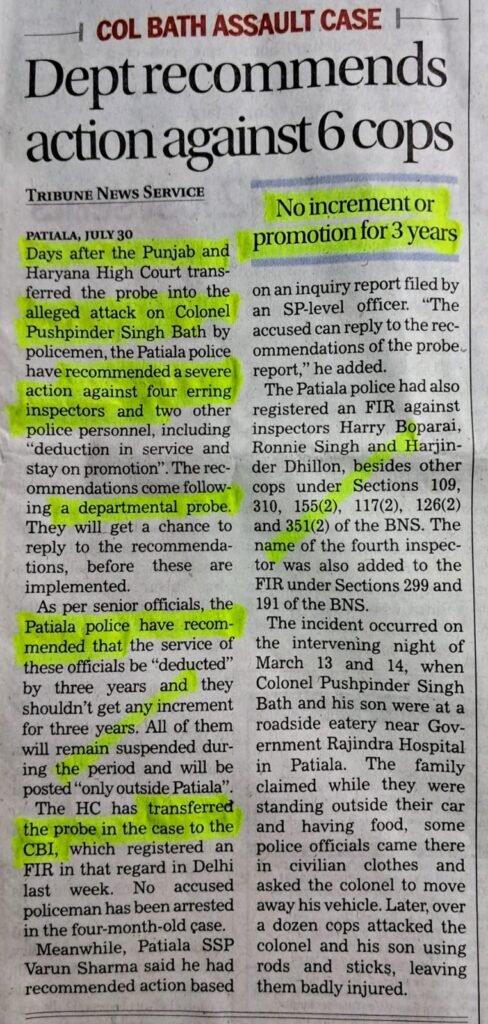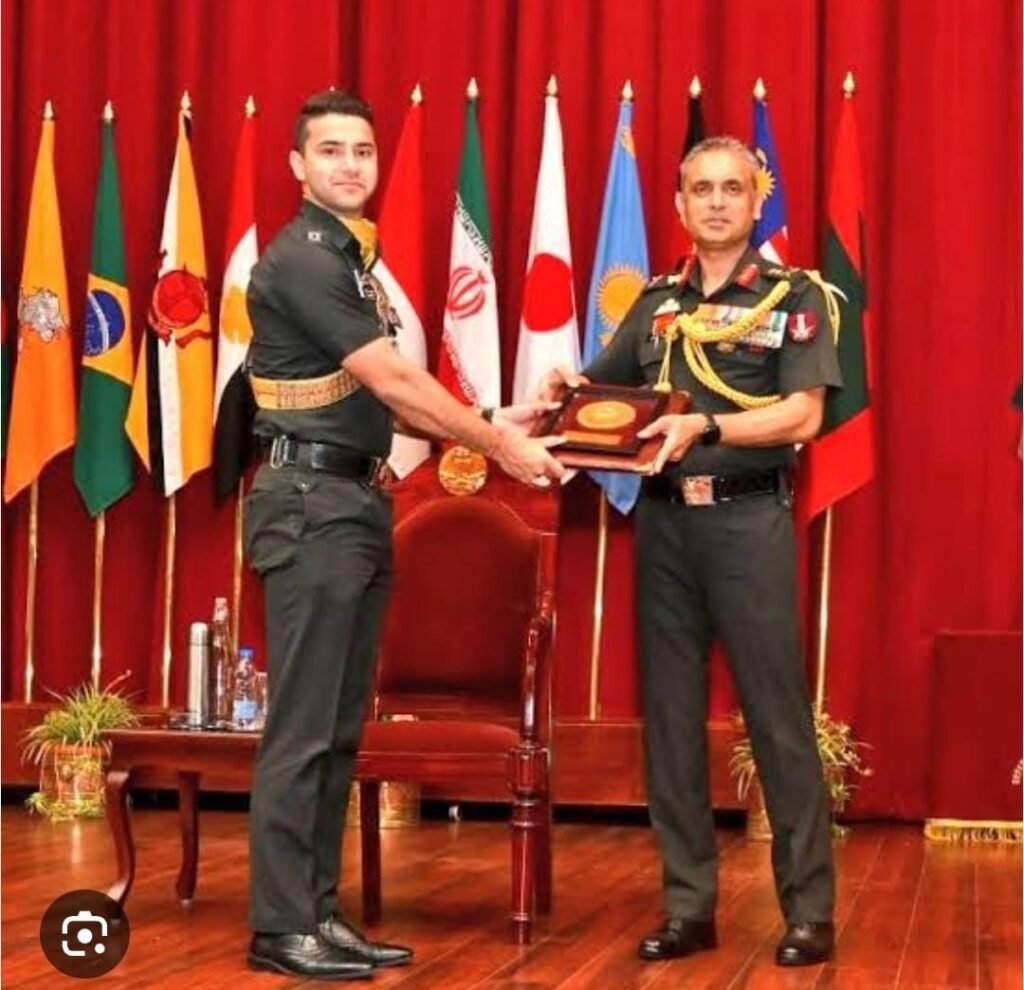The largest potential deal on the table is the Indian Air Force’s tender to procure and manufacture 114 multi-role fighter jets
Ajay Banerjee Tribune News Service

Trump’s move casts shadow over US arms deals in India
The largest potential deal on the table is the Indian Air Force’s tender to procure and manufacture 114 multi-role fighter jets
Ajay BanerjeeTribune News Service
File photo for representational purpose only.
US President Donald Trump’s imposition of tariffs and penalties on India is expected to rebound on American defence firms bidding for multi-billion-dollar projects in India, sources said.
For now, New Delhi is holding off on approving any major defence deals with the US until tempers cool, they added.Barring a few exceptions, most military procurement projects — including fighter jets, transport aircraft, specialised vehicles and anti-tank systems — fall under the ‘Make in India’ initiative. This means any US company securing a contract must partner with an Indian firm and establish manufacturing facilities locally, marking a strategic shift in India’s defence acquisition policy.
Ministry of External Affairs spokesperson Randhir Jaiswal stated, “We have a strong defence partnership with the US, which has been strengthening over the last several years.” He added that the relationship has potential to grow further under the India-US ‘COMPACT’ arrangement for the 21st century.
COMPACT — Catalysing Opportunities for Military Partnership, Accelerated Commerce and Technology — was announced in February following a meeting between President Trump and Prime Minister Narendra Modi.

Among the major deals in the pipeline is India’s procurement of six additional Boeing P-8I long-range maritime surveillance aircraft. These aircraft, capable of anti-submarine warfare, were officially confirmed during the Modi-Trump meeting. A joint statement noted that terms for the P-8I deal were agreed upon and the contract is nearing finalisation.
India had earlier procured 12 P-8I aircraft, and the US State Department cleared the additional sale in May 2021. The P-8I platform was used to monitor the LAC during the military standoff with China.
Another significant American offering is the Stryker armoured fighting vehicle. India is exploring variants with amphibious capabilities and integration of the Javelin anti-tank missile. A demonstration for the Indian Army is expected this year. The Army has projected a need for a large number of wheeled armoured fighting vehicles. The US has proposed setting up a global manufacturing base for the Stryker in India.
Talks are also underway to co-produce the Javelin missile in India. A long-term agreement is being negotiated, with Bharat Dynamics Limited (BDL) having signed a memorandum with Raytheon and Lockheed Martin to explore joint manufacturing opportunities.
The largest potential deal on the table is the Indian Air Force’s tender to procure and manufacture 114 multi-role fighter jets. US giants Boeing and Lockheed Martin have expressed interest — a deal that would require shifting production lines to India and involve billions of dollars in investment and revenue.
In another joint venture, Lockheed Martin and Tata Advanced Systems Limited (TASL) are bidding to manufacture 80 C-130J special operations aircraft in India. The IAF currently operates a fleet of 12 such aircraft. A dedicated ‘Tata Lockheed Martin Aerostructures Limited’ facility in Hyderabad already manufactures parts for the global C-130J supply chain.
As for rotary-wing platforms, the Indian Army has the option to procure 11 more Apache AH-64E attack helicopters, while the IAF is seeking additional Chinook heavy-lift helicopters — both manufactured by Boeing.























































































































